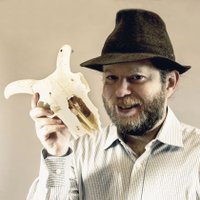
Huw Groucutt
@huw_groucutt
Archaeologist @UMmalta. Researching human responses to climate change, mostly in Malta and Arabia. PI: TerraForm ERC project. huwgroucutt.com
ID: 909344536463372288
17-09-2017 09:13:27
9,9K Tweet
10,10K Takipçi
1,1K Takip Edilen

Livestream tomorrow at 5pm UK/noon EDT with Drs Eleanor Scerri and Huw Groucutt (Huw Groucutt) to chat about their recent paper that's been all over the news about Hunter gatherer occupation on Malta youtube.com/live/ZGRjN20U0…



















